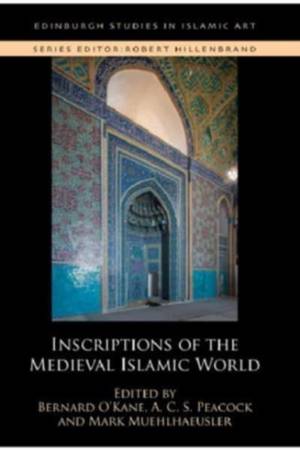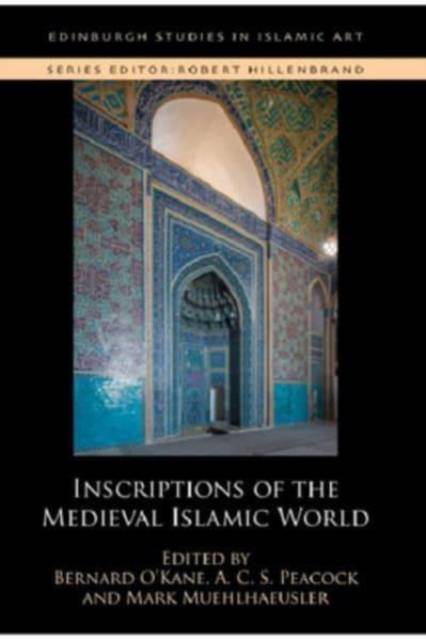
- Afhalen na 1 uur in een winkel met voorraad
- Gratis thuislevering in België vanaf € 30
- Ruim aanbod met 7 miljoen producten
- Afhalen na 1 uur in een winkel met voorraad
- Gratis thuislevering in België vanaf € 30
- Ruim aanbod met 7 miljoen producten
Inscriptions of the Medieval Islamic World
Omschrijving
This volume offers an overview of the state of the field, and shows the importance of Islamic inscriptions for disciplines such as art history, history and literature. The chapters range from surveys to detailed exploration of individual topics, providing an insight to some of the most recent cutting-edge work on Islamic inscriptions. It focuses on the period from the rise of Islam to the fifteenth century, ranging across the Islamic world from the Maghreb to India and Central Asia, and inscriptions in Arabic, Persian and Turkish.
The five sections of the book draw together some of the principal themes: 'Royal Power' investigates the role of sultanic patronage in epigraphy, and the use of inscriptions for projecting royal power. 'Piety' examines the relationship between epigraphy and religious practice. 'Epigraphic Style and Function' explores the relationship between the use of specific epigraphic styles and scripts and the function of a monument. 'Inscribed Objects' moves from monumental inscriptions to those on objects such as ceramics and pen-cases. The final section considers the interplay between inscriptions and historical sources as well as the utility of inscriptions as historical sources.
Specificaties
Betrokkenen
- Uitgeverij:
Inhoud
- Aantal bladzijden:
- 752
- Taal:
- Engels
- Reeks:
Eigenschappen
- Productcode (EAN):
- 9781474489447
- Verschijningsdatum:
- 9/06/2023
- Uitvoering:
- Hardcover
- Formaat:
- Genaaid
- Afmetingen:
- 170 mm x 250 mm
- Gewicht:
- 1814 g

Alleen bij Standaard Boekhandel
Beoordelingen
We publiceren alleen reviews die voldoen aan de voorwaarden voor reviews. Bekijk onze voorwaarden voor reviews.










